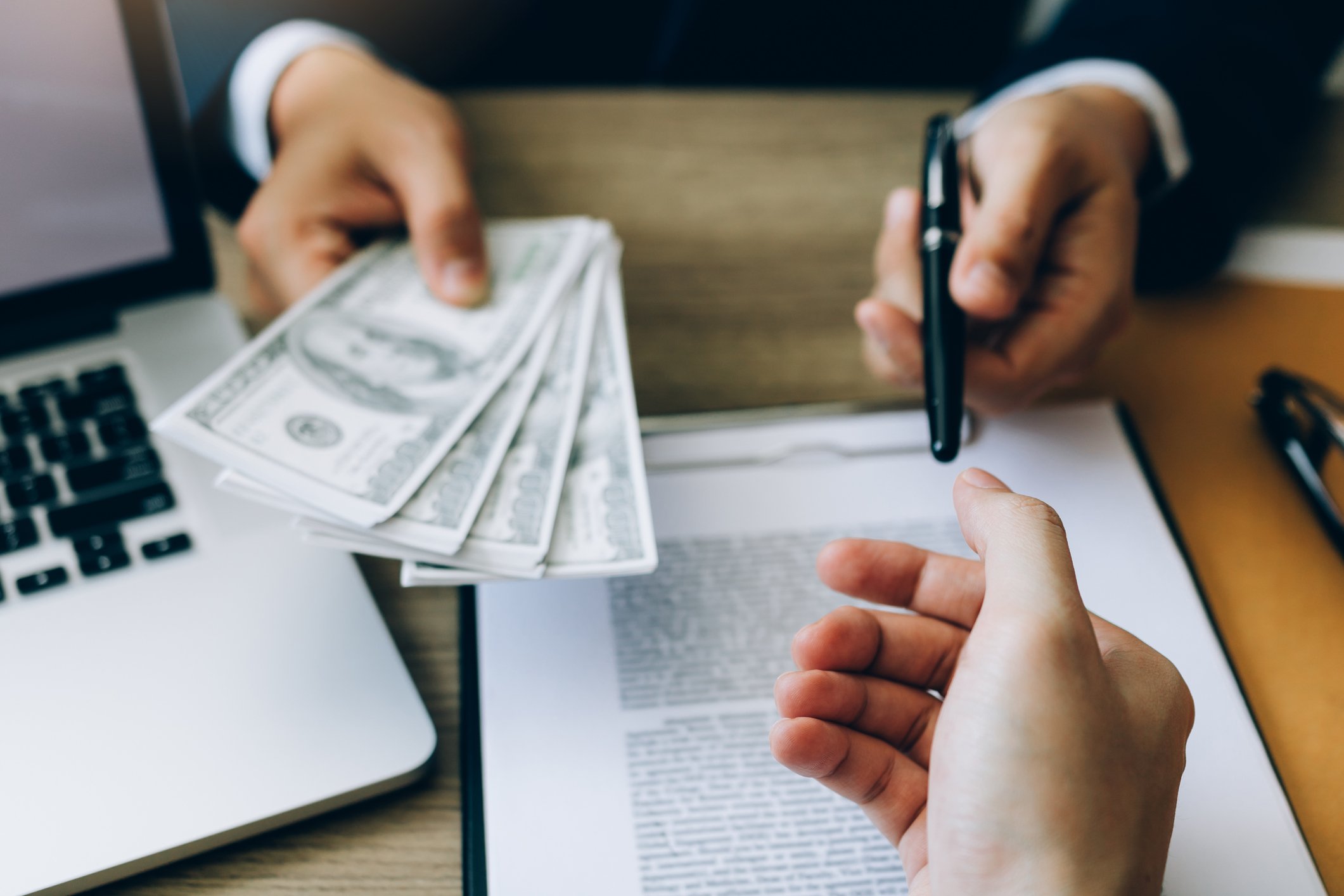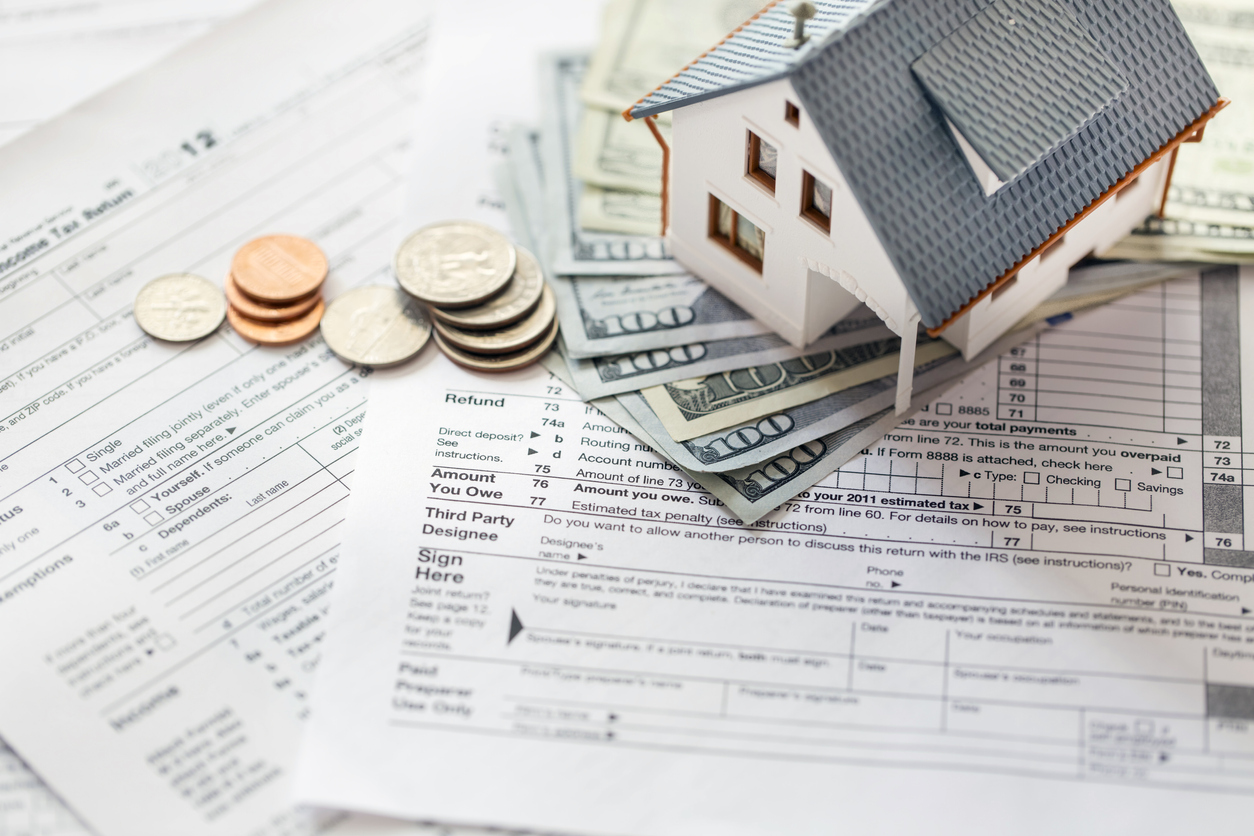Investors who purchased rental property several years ago using a buy-and-hold strategy often have a significant amount of equity with little or no mortgage debt.
While most investors don’t want to pay a 20% tax on the entire capital gain, it’s nice to have the option of pulling a little bit of cash out of a transaction while still performing a 1031 tax-deferred exchange.
The fact is that it’s possible to have the best of both worlds. Here’s how to take some cash out of a 1031 exchange while reinvesting the rest in income-producing real estate.
Quick Review of a 1031 Exchange
Let’s being with a quick review of the basic rules and timelines to follow in a typical 1031 exchange to completely defer the payment of capital gains tax due:
Rules of a 1031 exchange:
- The new property must be like-kind real estate but can differ in quality or asset class, such as a commercial property being replaced with residential rental property
- Real estate must be used for business or investment purposes
- Replacement property must be of equal or greater value than the property being relinquished
- Mortgage amount on the replacement property must be equal to or greater than any outstanding mortgage balance on the relinquished property
- An investor must not receive boot, where the value of the replacement property is less than the value of the relinquished property
Timelines to follow in a 1031 exchange:
- Relinquished property closes escrow with the sales proceeds held by a Qualified Intermediary (QI)
- Identify one or more replacement properties (the property being acquired) within 45 days after closing on the sale of your relinquished property (the property being sold)
- Close on the sale of the replacement property within 180 days of closing on the relinquished property, with the QI transferred sales proceeds from the relinquished property to the seller of the replacement property

Three Ways to Take Cash Out of a 1031 Exchange
Many real estate investors believe that a 1031 exchange is all or nothing, meaning that 100% of the sales proceeds must be used when conducting a 1031 exchange. That’s true if you want to avoid paying taxes on capital gains.
However, sometimes paying a little bit of tax is worth the cost compared to the benefit of having some extra cash on hand that you can use for personal or non-real estate uses.
1. End of the exchange
The QI releases any excess exchange funds to the investor after the replacement property has been acquired and all closing costs have been paid for, normally no later than the 180th day of the exchange process.
The release of leftover funds occurs after the investor receives the replacement property as outlined in the exchange agreement. Or, in very rare cases, if the transaction unexpectedly falls through due to seller non-performance right before close of escrow.
2. During the exchange
Earnest money deposit and other fees required for the purchase of the replacement property may be sent by the QI to the escrow closing agent during the 1031 exchange process.
However, the investor himself can’t receive funds directly. Constructive receipt of the funds held during a 1031 puts the entire exchange at risk, directly violating the IRS Safe Harbor rules for a tax-deferred exchange.
The other way of receiving funds during the exchange period occurs when no replacement property can be identified during the 45-day identification period that begins when the relinquished property is sold.
Unlike a deal falling through at the last minute because of the seller, there’s really no reason for an investor not locating a good replacement property to use in a 1031 exchange.
For example, the IRS only requires that the real property being exchanged is like-kind property used for investment purposes. So, a shopping center owner worried about an economic downturn could invest in a portfolio of residential property.
Or, an investor needing only one or two replacement properties has plenty of turnkey single-family rental houses to choose from on the Roofstock Investment Property Marketplace that could be perfect for a 1031 tax-deferred exchange.
3. Before the exchange begins
Sometimes, an investor will intentionally receive part of the sales proceeds from the relinquished property. Then, he will conduct a 1031 exchange to defer paying capital gains taxes on the remainder of the proceeds received.
The cash received by the investor is referred to as ‘cash boot’ and these funds are subject to capital gains tax. Cash boot is created when the value of the replacement property is less than the value of the property being relinquished or sold:
- Relinquished property market value = $500,000
- Replacement property market value = $450,000
- Cash boot = $50,000
The process of not using 100% of the sales proceeds is also known as a partial 1031 exchange. Now, let’s take a closer look at how a partial tax-deferred exchange works.
Getting Cash from a Partial 1031 Exchange
Conducting a partial 1031 exchange allows an investor to retain some of the funds – which then becomes “boot” - from the relinquished property, pay capital gains tax only on the boot, while using the balance of the sales proceeds in a traditional 1031 exchange.
A partial 1031 exchange is relatively easy. An investor simply sends written instructions to the QI requesting that a specific amount of the funds from the sale of the relinquished property be returned to the investor.
In our example above, the investor sold the relinquished property for $500,000 but only intended on purchasing a replacement property with a market value of $450,000, freeing up $50,000 in cash for other uses.
Of course, tax needs to be paid on that capital gain. Long-term capital gains tax rates currently are 0%, 15%, or 20% depending on the investor’s total taxable income and filing status. Assuming the investor is in the highest income bracket the capital gains tax due would be:
- $50,000 capital gain x 20% = $10,000 capital gains tax liability and $40,000 in net cash proceeds
For the purposes of this example, we’ve excluded any state tax due on the capital gain and any taxes due to the pro-rata share of depreciation recapture.
Now, let’s look at some of the reasons why an investor would willingly pay the capital gains tax generated by conducting a partial 1031 exchange:
- Use the funds for personal use, such as contributing to a qualified tuition plan or an elective surgery
- Investing in an asset that doesn’t qualify for use in a 1031 exchange, such as stock in an IPO, precious metals, or a collectible car or artwork
- A good replacement property with the same or equal value to the relinquished property simply can’t be found
What these examples all have in common – hopefully also including the future tuition fees for university – is that the potential return from investing the net proceeds of $40,000 could exceed the $10,000 in extra investment capital lost by paying capital gains tax.

How to Plan for a Partial 1031 Exchange Cash Out
There are a couple things you can do to plan ahead if you’re an investor intending to take cash out of a 1031 exchange:
- Don’t transfer all of the sales proceeds from the relinquished property to your QI and then request a portion of the money be returned. Instead, only send the intermediary the funds you will be reinvesting with your 1031 exchange.
- Changing your mind is acceptable too. If you’re still in the 45-day identification period and decide to do a partial 1031 exchange (or even no exchange at all) you can revoke your identification and have your sales proceeds immediately returned instead of waiting for the 180 day exchange period to expire.
Takeaways
Many real estate investors are pleasantly surprised to learn that they can take cash out of a 1031 exchange and still reinvest the rest and defer the payment of capital gains tax on the portion of the proceeds reinvested.
Of course, taxes need to be paid on that cash that is taken out of a 1031 exchange. But sometimes, it can be worth paying the capital gains tax, especially if the cash taken out generates a return greater than the tax paid.
- Cash can be taken out of a 1031 tax-deferred exchange before, during, and after the exchange.
- Boot is another word for the cash taken out of an exchange that is subject to capital gains tax.
- Capital gains tax rates currently are set at 0%, 15%, or 20% depending on income level and tax filing status.
- Some investors use their cash boot for personal expenses, while others invest the funds in assets such as precious metals or stocks that aren’t allowed to be used in a 1031 tax-deferred exchange.
- Investors who plan ahead can retain part of the sales proceeds from a relinquished property and send the balance to their QI to hold while they identify a replacement property to use in a partial 1031 exchange.









